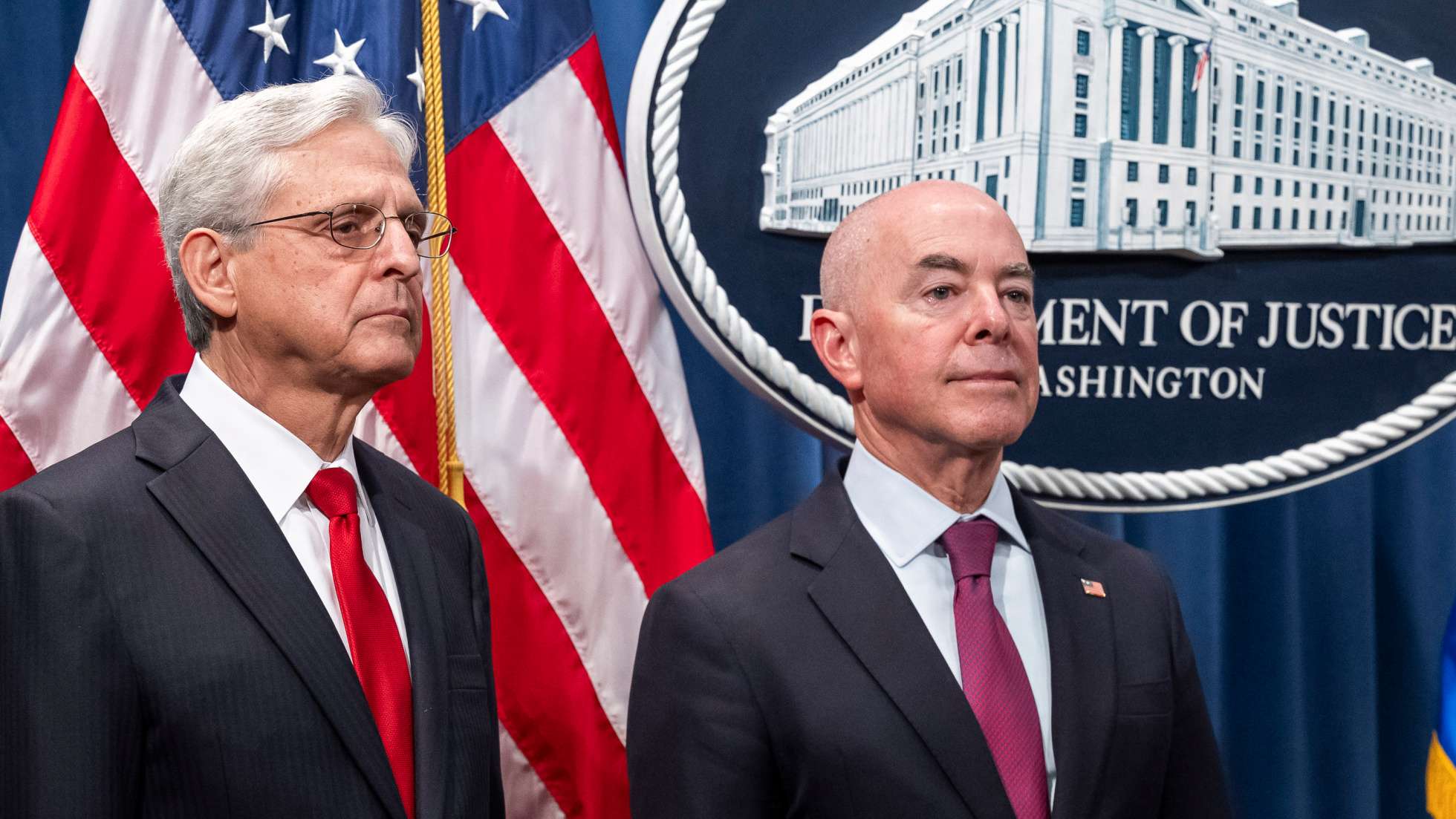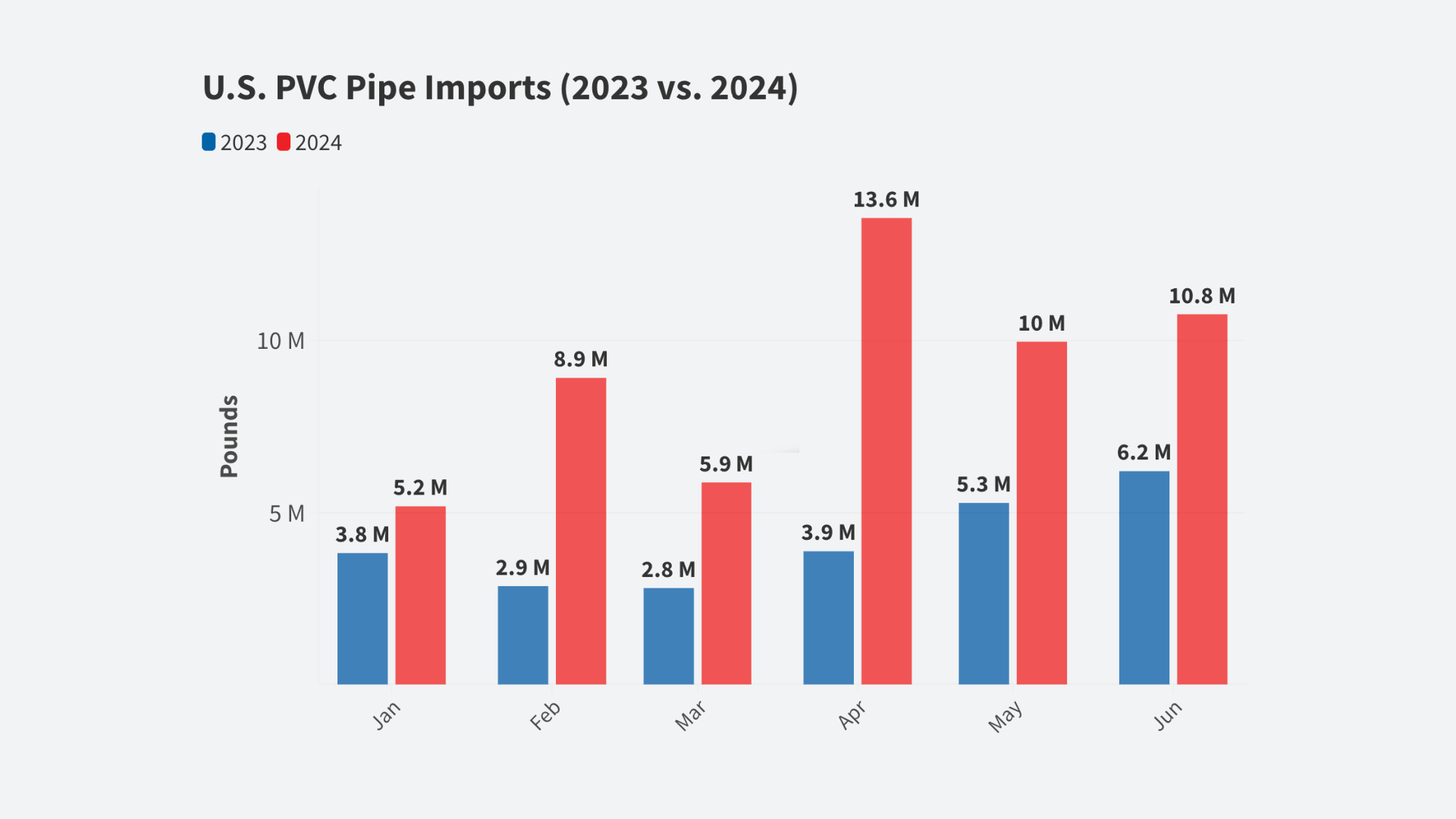
The yuan halted a three-day slide after China’s central bank raised its reference rate for the first time since Tuesday’s devaluation and said it will intervene to prevent excessive swings.
[Reposted from Bloomberg Business | August 13, 2015]
The onshore spot rate rose 0.11 percent, strengthening in the final minutes of trading for the third straight day and paring its drop for the week to 2.8 percent. The People’s Bank of China said Thursday there’s no basis for depreciation to persist and that it will step in to curb large fluctuations. It raised its daily fixing by 0.05 percent on Friday, after three cuts of more than 1 percent each.
China’s first major devaluation since 1994 surprised global investors and fueled concern authorities are struggling to combat a slowdown in the world’s second-largest economy. Policy makers are trying to balance the need for financial stability with a desire for stronger exports and the yuan’s inclusion in the International Monetary Fund’s basket of reserve currencies.
“The PBOC sent its signal and people understand it’ll be very difficult to go against the PBOC’s will,” said Ken Peng, a Hong Kong-based strategist at Citigroup Inc., the world’s biggest currency trader. “The central bank will frequently intervene in the foreign-exchange market in the next three months because it needs to ensure the yuan is stable.”
Global Influence
Under a new methodology used to determine the reference rate, market makers who submit contributing prices have to consider the previous day’s close, foreign-exchange demand and supply, as well as changes in major currency rates. The central bank said it uses a weighted average of submissions from both domestic and foreign lenders to set the fixing, without elaborating on how the weights are calculated.
Where the yuan goes from here will have an impact not only on growth prospects for Asia’s largest economy, but also the Federal Reserve’s interest-rate policy and earnings at international companies from Caterpillar Inc. to Prada SpA. Further weakness could make dollar-denominated debt more expensive for Chinese borrowers, exacerbate capital outflows and put pressure on export rivals to devalue their currencies.
“They’re OK with a modest depreciation, but they don’t want the depreciation to get out of hand,” said Dennis Tan, a currency strategist at Barclays Plc in Singapore.
Yuan positions at China’s central bank and financial institutions fell by the most on record in July, a sign of increased capital outflows and central bank intervention to keep the currency stable before Tuesday’s shock move.
Bear Case
On the day of the devaluation, the yuan tumbled 1.8 percent in Shanghai, the most in two decades. The move rippled through global markets, sending developing-nation stocks into a bear market and pushing a gauge of commodity prices toward the lowest level since 2002. Declines subsequently moderated as the PBOC intervened via agent banks and signaled that the currency had fallen enough at a rare press briefing on Thursday.
“The PBOC sees 6.39-6.40 a dollar as an equilibrium level,” said Li Liuyang, a Shanghai-based strategist at Bank of Tokyo-Mitsubishi UFJ Ltd. “If the yuan doesn’t diverge from that level, the PBOC doesn’t need to intervene. If it does, the PBOC will step in.”
Yuan bears make a case for more declines by pointing to the currency’s real effective exchange rate, a measure adjusted for inflation and trade with other nations. It climbed about 14 percent over the last four quarters and was the highest among 32 major currencies tracked by Bank for International Settlements indexes.
Late Rally
In Shanghai, the onshore yuan rose the most since June 30 to finish the week at 6.3918 per dollar, 0.1 percent stronger than the fixing of 6.3975, according to China Foreign Exchange Trade System prices. It advanced 0.2 percent in the last 20 minutes of trading. At least two major Chinese banks sold the dollar near the close to prop up the yuan, according to two traders in Asia. One of them said local lenders have offloaded the greenback near the end of trading every day since Aug. 11.
The freely traded offshore yuan advanced 0.5 percent to 6.4376 as of 5:29 p.m. in Hong Kong, trimming its weekly drop to 3.4 percent. The Bloomberg JPMorgan Asia Dollar Index declined 0.2 percent, extending its retreat this week to 2.1 percent.













